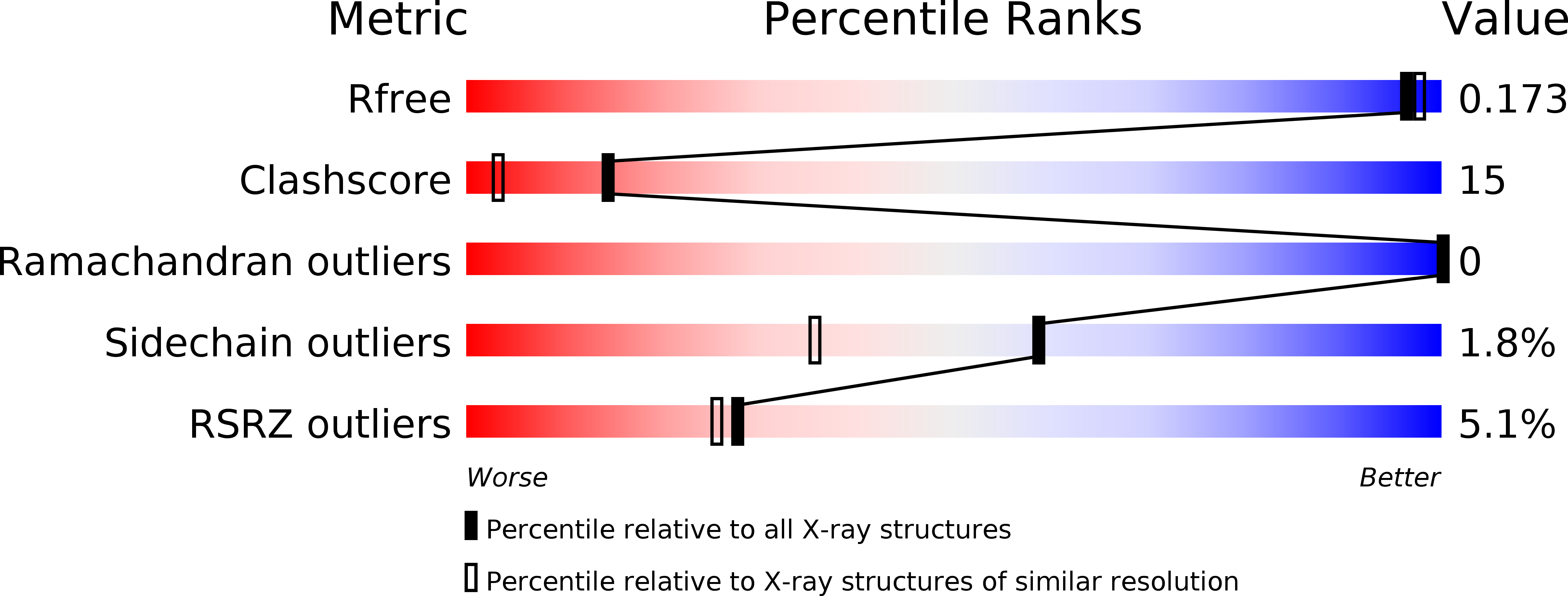
Deposition Date
2012-05-15
Release Date
2012-07-18
Last Version Date
2023-09-13
Entry Detail
PDB ID:
4F6T
Keywords:
Title:
The crystal structure of the molybdenum storage protein (MoSto) from Azotobacter vinelandii loaded with various polyoxometalates
Biological Source:
Source Organism:
Azotobacter vinelandii (Taxon ID: 354)
Method Details:
Experimental Method:
Resolution:
1.60 Å
R-Value Free:
0.17
R-Value Work:
0.13
R-Value Observed:
0.14
Space Group:
P 63 2 2


